Turbidity refers to both dissolved and suspended matter in water such as clay, dyes, microscopic organisms, finely divided organic matter, plankton, silt and various organic acids. These constituents can affect water’s clarity, making it look muddy or cloudy. Whatever the source of color in water, hue can affect turbidity measurements.
This post touches upon guidelines and protocols set forth by the United States Geological Survey (USGS) for choosing the right instruments and processes for turbidity measurement and explores some of the best choices available in the context of experience.
Equipment and Site Considerations
Thanks to a variety of advances in technology, there are many different ways to measure turbidity. However, this means there is a range of instruments that might be employed for this task, and many of them may not yield identical results or even results that seem equivalent. Furthermore, because so many factors contribute to turbidity, diluting or mixing different source water samples can produce nonlinear turbidity results. This means that data requirements, project objectives, and the chemical and physical properties of the water body must control the selection of appropriate turbidity instruments.
When selecting an appropriate tool for measuring turbidity, consider the potential effects that may result from the various properties different water bodies can possess. The color of dissolved constituents in the water matrix and particulate materials, particle size and density can all affect the measurement of turbidity.
For example, colored particles in the water can absorb light beams, resulting in a disproportionately low measurement, as can color dissolved in the water. Depending on the size of the particles in the water, light at different wavelengths might be scattered more efficiently or readily, resulting in disproportionately high measurements of certain types of light. And particle density affects forward and backward scattering of light at high densities, increasing them and resulting in a disproportionately low measurement.
Furthermore, sampling interferences can impact turbidity measurement significantly. Bubbles, contamination of calibrants, fouling of the sensor, scratches on the equipment, and stray light can all skew results. Most of these problems result in disproportionately high measurements, although enough fouling can block a light beam completely, resulting in a disproportionately low measurement.
Knowing about these issues in advance allows you to deal with them because you can compensate for each of them with the right equipment. For example, deploying multiple sensors or only a certain kind of light source can help compensate for water properties that are affecting the accuracy of results. And watching for the sampling issues cited above stops problems before they occur.
In addition, ensure that the measurement method, instrument design, and the data output are appropriate for the purpose and objectives for which these data are to be collected. Remember, raw data from instruments with different designs are not directly interchangeable. It is essential to work to establish the relationships between the spectrum of onsite environmental conditions and the instruments for their data to properly be comparable.
Choosing and Maintaining Turbidity Measuring Equipment
Because turbidity readings from different kinds of instruments can be so different, study objectives and intended uses for the data are critical considerations when selecting turbidimeters. Some of the most relevant questions to ask are as follows.
Are you measuring turbidity for regulatory reasons, such as to assess drinking water quality? If so, your choice is easier, in the sense that it is controlled by US Environmental Protection Agency (USEPA) standards. The EPA requires that either EPA Method 180.1, GLI Method 2, or Hach Method 10133 be used for measuring turbidity in finished drinking water.
Next, consider the range in turbidity you expect and the sections of the total range that are most critical for you to measure with the highest degree of accuracy for this project. This should help you narrow the field a little more, based on the nature of the water and the project’s aims.
Next, ensure that your study will be consistent enough methodologically for you to compare your results with previous work; if this is one of your requirements. As explained above, some results from different instruments are comparable, but others are not, without work to establish relationships.
Finally, as you consider the range of potential interferences possible in your study, determine which are the most important to quantify, or otherwise will most affect the results. Unlike pH or temperature, turbidity is not an inherent property of a given body of water. It is, however, a recognized indicator of water’s environmental health, which is why objective, accurate turbidity measurements are under a growing demand. Fortunately, a suite of sophisticated yet relatively inexpensive instruments has been developed to meet this demand.
The instruments that make continuous turbidity monitoring and data logging possible in natural waters enable a host of applications, including assessing drinking water quality; determining water health for aquatic organisms; identifying visual impairment; describing watershed conditions in real-time; understanding concentrations of constituents such as suspended sediment (SSC) via proxy; monitoring how human activities affect water health; and analyzing how contaminants associated with suspended materials are transported in water. Whichever of these issues are the most important to quantify, and most affect your results are obviously the priority and should influence your equipment decision-making process.
Assuming that the technique is consistent with your goals and protocols, dynamic measurement is the preferred method for measuring turbidity in a body of water. This is because it allows you to avoid particle settling in cuvettes, and it more accurately reflects surface-water conditions.
Once you’ve homed in on your specifics in terms of your task, goal, and conditions, make sure you’ve got all the necessary equipment on hand. For almost any application that requires a turbidity measurement, you’ll need a turbidity meter, submersible-sensor instrument with a turbidity sensor, or a spectrophotometer; stock standards and solutions for turbidity calibration; sample cells; inert gas, tanks for carrying it, and an apparatus for delivering it; sample bottle; optical-grade silicon oil; lint-free paper tissues; deionized, filtered, turbidity-free water and a bottle to hold it; a class A volumetric flask, either 100 mL or 500 mL; and a class A 5.0 mL volumetric pipet and pipet filler.
The Bottom Line
Measuring turbidity is a critical part of monitoring water quality and one that is increasingly important across the board. Knowing you’ve got the right instruments to measure turbidity and answer your particular research under the specific environmental conditions you’re facing is essential to success. To learn more about how to measure turbidity, including how to select instruments, calibrate them, and troubleshoot equipment, contact our expert team at NexSens.
Equipment
EXO3 is a purpose-built sonde for monitoring major water quality parameters, including: pH, conductivity, temperature, turbidity and dissolved oxygen.
The EXO turbidity sensor is a digital smart sensor featuring welded titanium construction and wet-mateable connectors.
The NexSens X2 Environmental Data Logger offers the latest in real-time monitoring technology with wireless communication, large plug-and-play sensor library, and ultra-low power consumption.
WQData LIVE is a web-based project management service that allows users 24/7 instant access to data collected from remote telemetry systems.

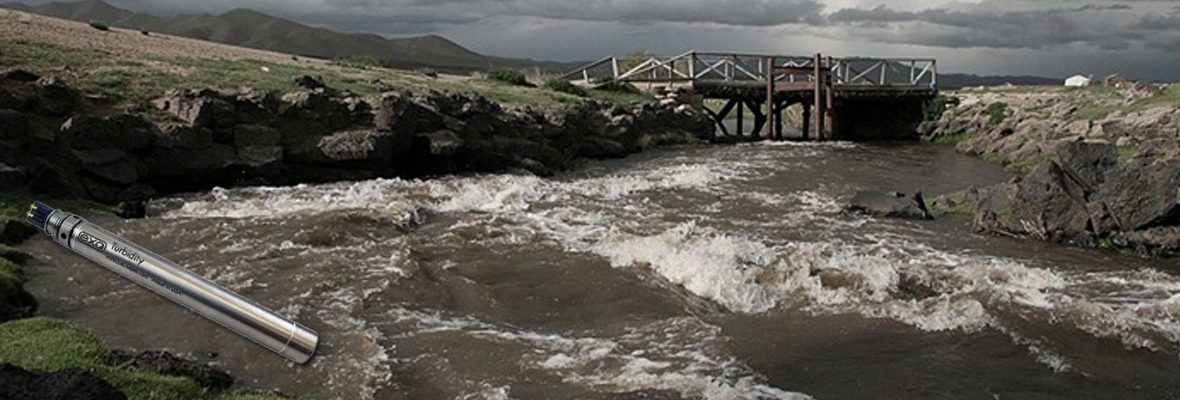
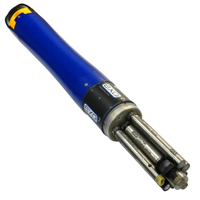
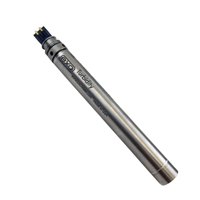
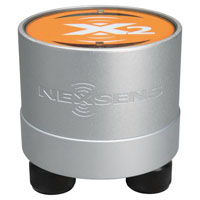
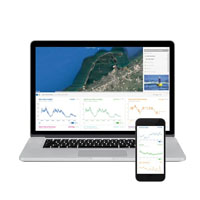
0 comments